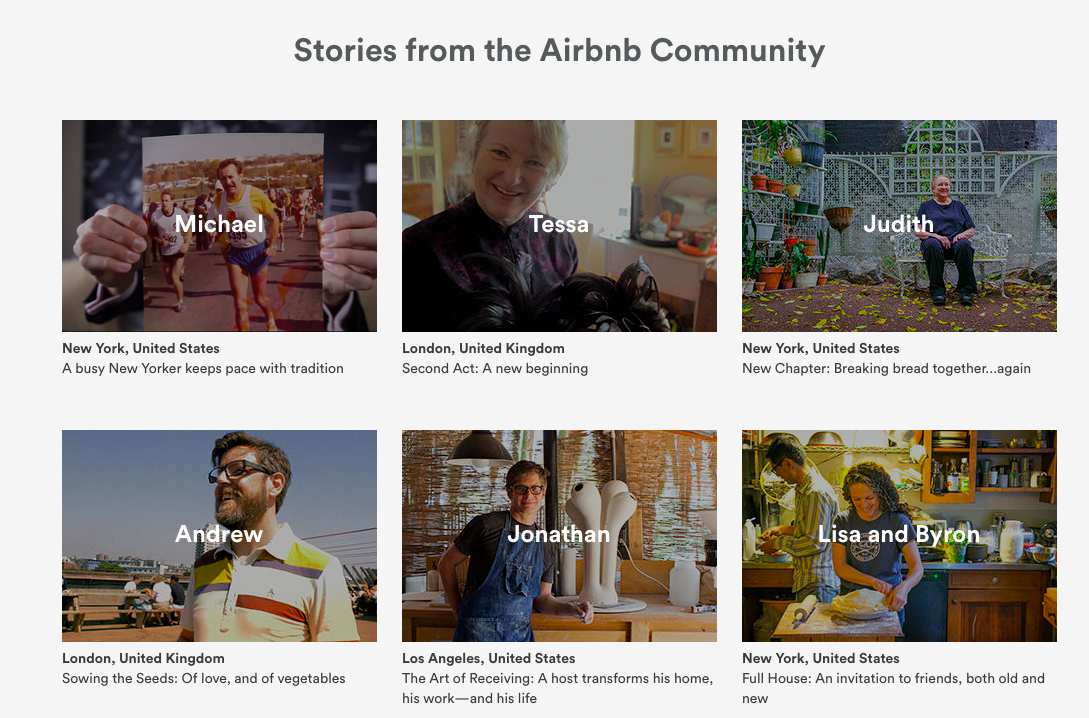In the 1970s, two young college dropouts made themselves pioneers in the computing world. Driven by a creative vision for the future, they founded Apple, a brand that today is basically synonymous with forward-thinking technology and the modern technological aesthetic.
When Steve Jobs introduced the first iPhone in 2007, he used Apple’s reputation as a pioneer and creative visionary to tell a story: The iPhone was going to be something big, the first of its kind—a touchscreen, an iPod, a phone, and online device—and it was up to consumers to use the new device to carry that story forward.
Using the iPhone, consumers themselves could represent the forward-thinking principles of Apple and participate in a new technological and aesthetic revolution to tell their own stories.
Over the decades, Apple’s masterful brand storytelling has allowed it to enjoy a huge amount of success. The context, mission, and inspiration behind their branding have ensured that Apple is more than just another drab and dry tech company putting out the latest consumer products.
Instead, Apple’s story has guaranteed it a special status and a whole bunch of devoted customers—people committed to the creative, high-end, and futuristic technological vision that the company brings.
What is a Brand Story?
If you take a closer look at today’s companies, you’ll find that some of our favorite brands, like Apple, are inseparable from their stories.
A brand story is a narrative about a brand that evokes an emotional response and forges deep connections between a company and its audience. Brand stories typically encompass not only the history of a company, but also that company’s mission, values, source of inspiration, and vision for the future.
Every company, big or small, has a brand story. Creating your brand story is just a matter of finding that story and learning how to express it in a way that’s simple, relatable, compelling, and marketable.
By generating an emotional connection with your audience, a brand story improves customer trust and builds customer loyalty. It’s also a great way to give your brand a strong identity, brand personality, and voice.



